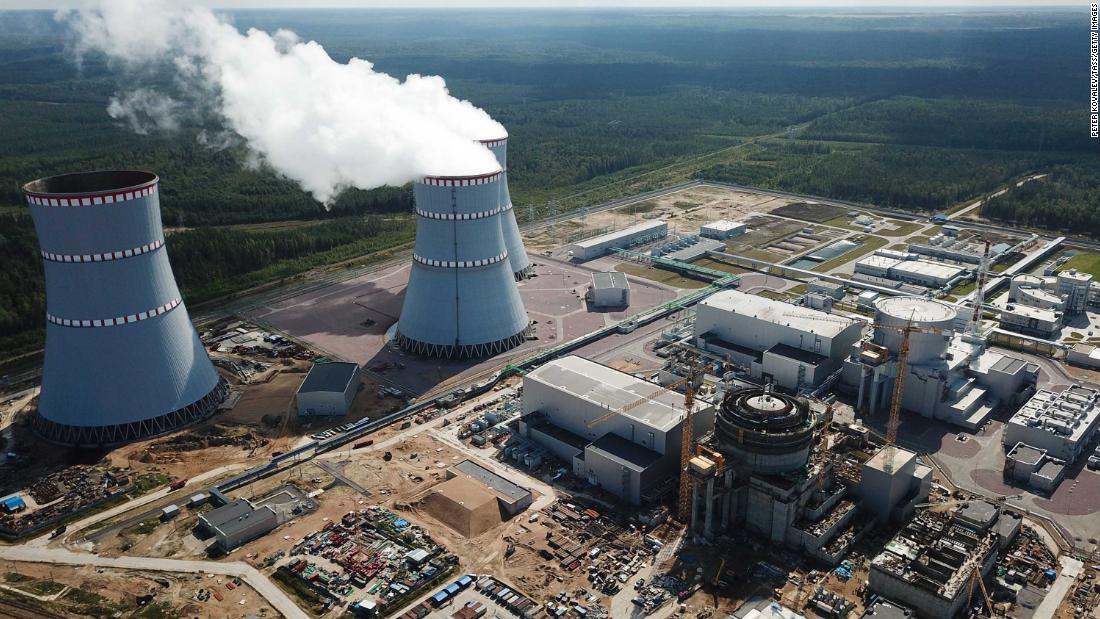
The Dutch National Institute for Public Health and the Environment (RIVM) said Sunday that “very low” levels of artificial radioactivity were found in all three countries. There was no impact on the environment or human health, he said.
“The combination of radionuclides can be explained by an anomaly in the fuel elements of a nuclear power plant,” RIVM suggested after performing a calculation to find the source of the radionuclides, which are atoms with an unstable nucleus.
“The calculations indicate that the nuclides come from the western direction of Russia. A more specific location of origin cannot be determined with the limited data available,” RIVM said on its website. He made it clear that “no specific country of origin can be identified at this time.”
In response, Russia stated that there were no incidents at two plants in the west of the country.
“There were no incidents at the Leningrad nuclear power plant and the Kola nuclear power plant, both stations operate normally, there have been no complaints about the functionality of the equipment,” said a statement reported by state media outlet RIA Novosti from Rosenergoatom, part of the Rosatom State Nuclear Power Corporation that oversees all of Russia’s nuclear infrastructure.
Kremlin spokesman Dmitry Peskov also denied that there was an incident.
“We have an exceptional and modern nuclear safety monitoring system and, as you have seen, there were no alarms related to emergency or threat situations,” Peskov said on Monday. “We do not know what the source of these specialist reports is in the Netherlands,” he added.
A communications officer with the Finnish Nuclear Safety and Radiation Authority (STUK) told CNN on Monday that Finnish authorities were not speculating on the exact source, but have indications that it came from a nuclear reactor.
“STUK has been in contact with national nuclear power plants. They have not detected substances detected by STUK in their own emissions monitoring. Therefore, the detected radioactive substances are unlikely to be of domestic origin,” the authority said in a statement from press.
A representative of the Swedish Radiation Safety Authority told CNN that “very low levels” of Cs-134, Cs-137, Ru-103 and Co-60 isotopes were found at two locations: Visby, between 8 and 15 June, and Stockholm, between June 22 and 23. The representative did not speculate on the origin and location of the source of the material.
A press officer from the Norwegian Nuclear and Radiation Safety Authority told CNN that the controls were carried out about two weeks ago, before their Nordic counterparts. The detected level was also said to be very low and more measurements are being carried out this week.
Mary Ilyushina reported from Moscow. Niamh Kennedy reported from Dublin.
.